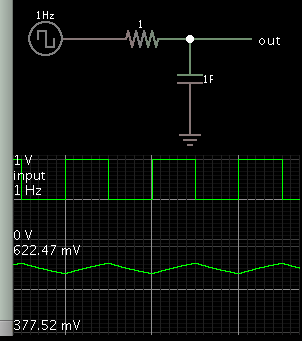m_kuty
Member level 2
I have a circuit of low pass filter. the input is 0 to 2.5 Volt. i need the output is 1 volt as DC signal. and I need the values of the R1, R2, R3 and C1. How much should be?
the circuit analysis please.
https://obrazki.elektroda.pl/3183955600_1454171405.jpg
M_kuty

the circuit analysis please.
https://obrazki.elektroda.pl/3183955600_1454171405.jpg
M_kuty


